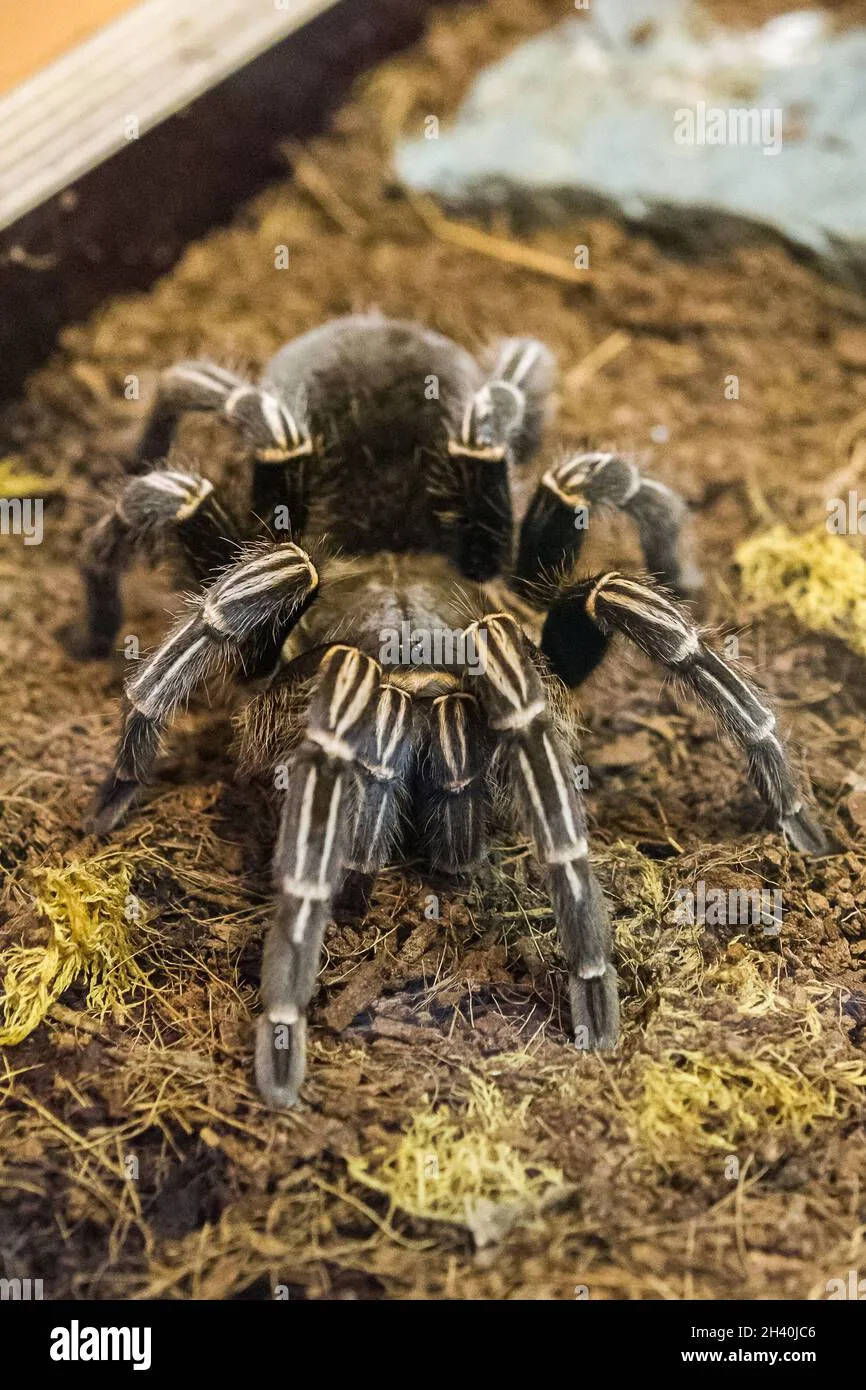Understanding Costa Rican Zebra Tarantula Temperature Needs
Caring for a Costa Rican Zebra Tarantula (Aphonopelma seemanni) involves understanding their specific environmental requirements, and temperature is a critical factor for their health and well-being. These fascinating creatures, native to the warmer climates of Costa Rica, thrive within a specific temperature range. Providing the right temperature ensures they eat well, molt properly, and remain active. This guide delves into the ideal temperature for your Costa Rican Zebra Tarantula, detailing the best practices for maintaining it, and addressing potential issues. By understanding these needs, you can create a comfortable and healthy environment for your pet tarantula to flourish. Ensuring the correct temperature is one of the cornerstones of successful tarantula keeping, so let’s explore how to get it right.
Ideal Temperature Range
The ideal temperature range for a Costa Rican Zebra Tarantula generally falls between 75-85°F (24-29°C). Maintaining this range consistently is crucial for their overall health. It is important to note that slight variations are acceptable, but keeping within this zone promotes optimal activity levels, appetite, and molting cycles. Regular monitoring and adjustments are key to providing the perfect environment for your tarantula to thrive. Consistent temperatures also help to prevent stress, which can lead to a variety of health problems. Investing in a reliable thermometer is essential for keeping tabs on the temperature within the enclosure. Regular checks will allow you to make timely adjustments, ensuring your tarantula lives a long and healthy life.
Daytime Temperature

During the daytime, a temperature range of 78-82°F (26-28°C) is generally considered optimal. This slightly higher temperature can encourage normal activity levels and stimulate their appetite. Ensure that the temperature does not exceed 85°F (29°C) for extended periods, as this can lead to overheating and stress. Careful monitoring of daytime temperatures is important, especially during warmer months or if the enclosure is exposed to direct sunlight. Providing a consistent daytime temperature within the recommended range will help your Costa Rican Zebra Tarantula feel secure and comfortable in its habitat, which in turn promotes overall health. The right daytime temperature is a balancing act to keep the spider active but not stressed, a key part of good tarantula keeping.
Nighttime Temperature
At night, a slight drop in temperature is acceptable, mimicking their natural environment. The nighttime temperature can range from 70-75°F (21-24°C). This cooler temperature is often beneficial for their metabolism and allows for a period of rest. However, it’s important to ensure the temperature does not fall below 70°F (21°C) consistently, as this can lead to slower activity, reduced appetite, and potentially health issues. Maintaining a suitable nighttime temperature is less critical than daytime temperatures but still contributes to the overall well-being of your tarantula. Avoid sudden and drastic temperature drops, as these can stress the tarantula. Using a thermostat can help maintain a consistent temperature day and night.
Importance of Temperature for Tarantula Health
Temperature plays a critical role in a Costa Rican Zebra Tarantula’s overall health, influencing everything from its metabolism to its ability to molt successfully. Incorrect temperatures can lead to significant health issues, making it one of the most crucial aspects of tarantula care. Providing the right thermal environment helps keep your tarantula active, healthy, and thriving. Regular monitoring of temperature fluctuations and adjusting your setup as necessary ensures the well-being of your pet. This will help your spider live a long and healthy life. Careful attention to temperature is an investment in the longevity of your tarantula.
How Temperature Affects Metabolism and Activity
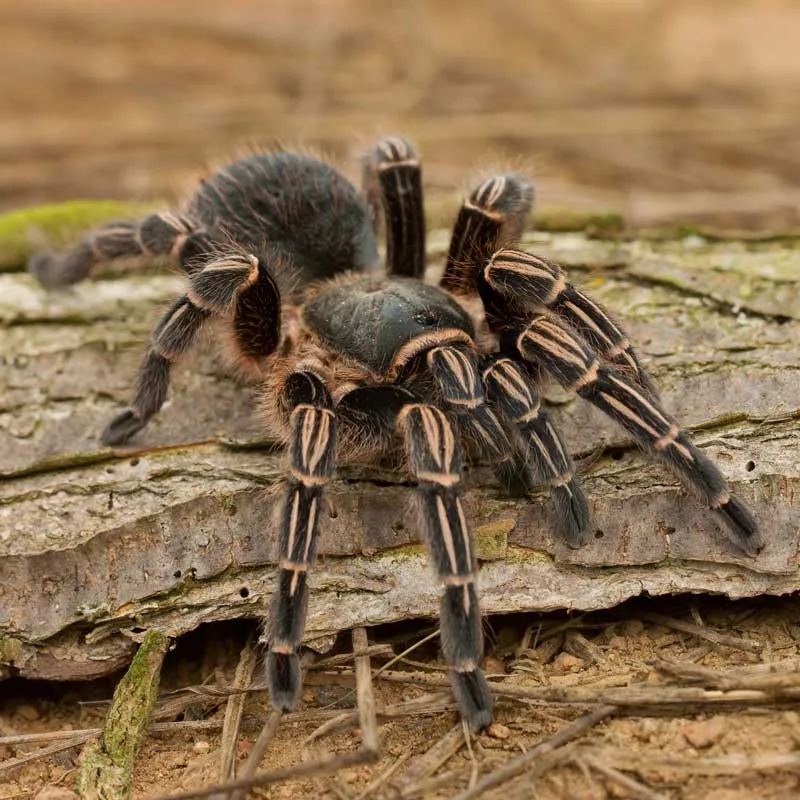
Temperature directly affects a tarantula’s metabolism and activity levels. Warmer temperatures increase metabolic rates, leading to greater activity, increased appetite, and faster growth. Conversely, cooler temperatures can slow down the metabolism, making the tarantula less active and reducing its appetite. Maintaining the ideal temperature range keeps your tarantula’s bodily functions running smoothly and prevents lethargy. This careful balance allows your tarantula to regulate its energy consumption appropriately. Careful management of temperature is essential for keeping the spider active and healthy.
Temperature and Molting
Molting is a vital process where tarantulas shed their exoskeleton to grow. Temperature plays a significant role in this process. The right temperature helps regulate the molting cycle and promotes successful shedding. Too cold, and the tarantula may struggle to molt, leading to potential problems. Too hot, and the molting process may be accelerated to a point where it’s too rapid. Providing a consistent temperature ensures that the molting process happens smoothly. Proper temperature helps the tarantula emerge successfully from its old exoskeleton. A healthy temperature is a crucial factor in a successful molt, allowing your tarantula to grow and develop properly.
Temperature and Appetite
A tarantula’s appetite is greatly influenced by temperature. Warmer temperatures often stimulate the appetite, encouraging the tarantula to eat. Maintaining the ideal temperature range ensures that your tarantula has a healthy appetite and eats regularly. Fluctuations in temperature can lead to a loss of appetite, which can cause stress and health problems. If the temperature is too low, the tarantula may refuse food, leading to potential health complications. The proper temperature helps the tarantula feel secure and ready to eat. By managing the temperature, you encourage your tarantula to eat well, which in turn supports its overall health and vitality. Ensuring that your tarantula eats well will help it stay healthy and vibrant.
Maintaining the Right Temperature
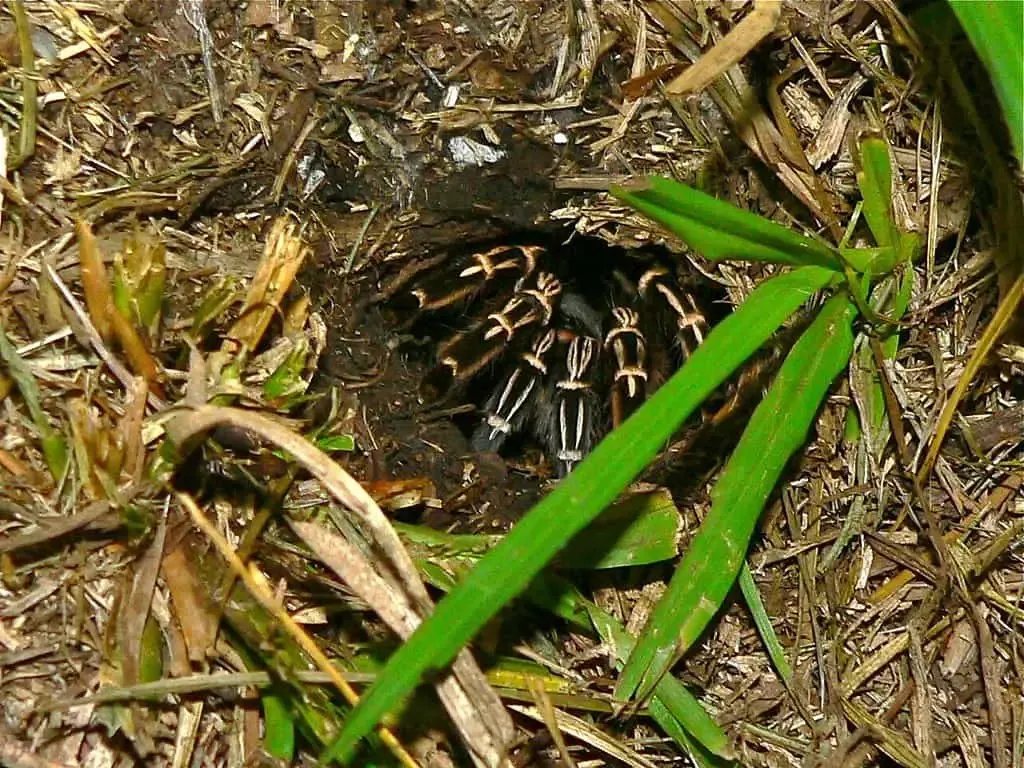
Maintaining the correct temperature requires careful planning and the appropriate equipment. There are several methods for heating a tarantula enclosure, and the choice depends on your specific needs and the size of the enclosure. Regular monitoring and consistent adjustments are necessary to ensure the temperature remains within the ideal range. This will contribute significantly to the well-being and health of your Costa Rican Zebra Tarantula. Knowing your setup and regularly checking the temperature are key elements in maintaining the correct thermal environment for your pet. Careful management of the environment will keep your tarantula happy and healthy.
Heating Options
Several heating options are available to keep your Costa Rican Zebra Tarantula’s enclosure at the right temperature. Selecting the appropriate method depends on the size of the enclosure, your budget, and the ambient temperature in your home. Understanding the pros and cons of each method will help you make an informed decision. Different methods will be more appropriate in different situations. Being knowledgeable about the various heating options ensures that you can keep your tarantula at a comfortable temperature. Many options are available for you to provide the proper temperature for your tarantula.
Heat Mats
Heat mats, also known as under-tank heaters (UTHs), are a popular choice for heating tarantula enclosures. They attach to the underside or side of the enclosure, providing gentle, consistent heat. Heat mats are generally safe, energy-efficient, and easy to use. They are particularly useful for maintaining a consistent temperature without drying out the enclosure excessively. Always use a thermostat with a heat mat to prevent overheating, and place the mat on the side of the enclosure to avoid direct contact with the substrate, providing a heat gradient. Using a heat mat is a great way to regulate the temperature of your tarantula’s home, and keep it consistently warm. Be sure to use a thermostat to prevent accidental overheating.
Heat Lamps
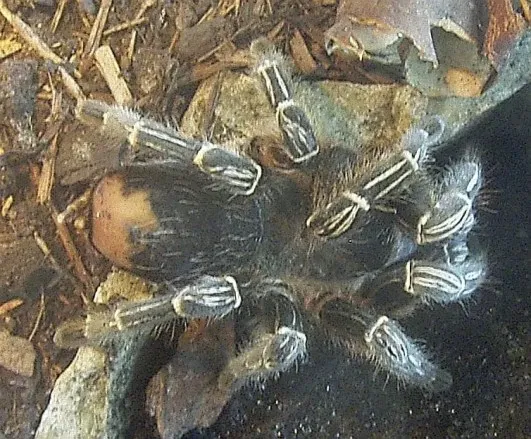
Heat lamps, or infrared lamps, are another option for heating tarantula enclosures, though they are less common than heat mats for this particular species. They emit infrared light, which warms the enclosure. Heat lamps are often used for larger enclosures or to create a basking spot for certain species. It’s important to use a heat lamp with caution, as they can quickly overheat the enclosure if not carefully monitored and controlled with a thermostat. Ensure that the bulb is not directly accessible to the tarantula, as this could cause burns. Heat lamps are best suited for specific situations, and require vigilance to ensure the correct temperature. Always monitor the enclosure closely when using a heat lamp to make sure it does not get too hot.
Ceramic Heat Emitters
Ceramic heat emitters (CHEs) are a good alternative to heat lamps, as they produce heat without emitting light. This is beneficial for tarantulas, as they are sensitive to light and prefer a dark environment. CHEs provide a constant, radiant heat source, making them suitable for maintaining consistent temperatures. CHEs are typically used with a thermostat to regulate the temperature and prevent overheating. When using a CHE, it’s important to ensure it’s mounted securely and out of the tarantula’s reach. Ceramic heat emitters are a great way to control the temperature without affecting the light in the enclosure. Using a CHE with a thermostat is essential to safely and effectively heat the enclosure.
Placement and Safety
Proper placement of heating devices is crucial for the safety of your tarantula and the effectiveness of the heating system. Heat mats should be placed on the side or underside of the enclosure, never inside. This prevents direct contact and potential burns. Heat lamps and CHEs should be mounted securely and positioned to avoid direct contact with the tarantula. Always use a thermostat to regulate the temperature, preventing overheating. Regularly inspect the heating devices for damage or wear and tear. The right placement of the heating source ensures your tarantula stays safe and warm. Proper placement is key to keeping your pet safe and healthy.
Monitoring Temperature
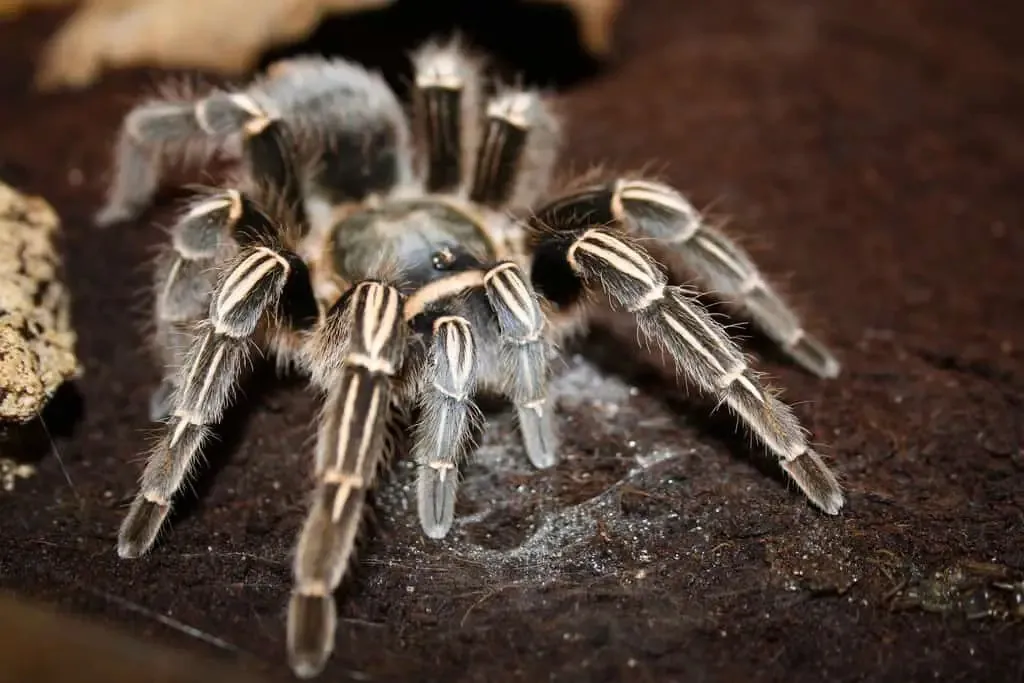
Consistent monitoring of the temperature is essential. This allows you to make necessary adjustments and ensure your tarantula’s environment stays within the ideal range. Regular checks will help prevent overheating or underheating, which can impact your tarantula’s health. Keep a close watch on the temperatures within your tarantula’s enclosure. Monitoring the temperature allows you to respond to any issues quickly. The use of reliable equipment and a regular schedule of checks will keep your pet healthy and happy.
Using a Thermometer
A reliable thermometer is an essential tool for any tarantula keeper. Place the thermometer in a location within the enclosure where it accurately reflects the ambient temperature. Digital thermometers with external probes are often preferred, as they provide accurate readings and can be placed in different areas of the enclosure. Position the probe away from the heating source to get an accurate reading of the overall temperature. Regularly check the thermometer readings, at least once or twice a day. Having an accurate thermometer is the most crucial step in maintaining the correct temperature. Investing in a good thermometer is a key step for keeping your tarantula healthy.
Digital vs Analog Thermometers
Both digital and analog thermometers can be used, but digital thermometers are generally considered more accurate and easier to read. Digital thermometers often come with probes that can be placed at different points in the enclosure, giving a more complete picture of the temperature gradient. Analog thermometers can be less precise and may require regular calibration. Regardless of the type of thermometer used, it is essential to monitor it regularly and replace it if you suspect it is not functioning correctly. Digital thermometers make it easier to get an accurate and quick reading of the temperature. Although it is a matter of preference, many keepers believe digital thermometers are more reliable and informative.
Temperature Fluctuations
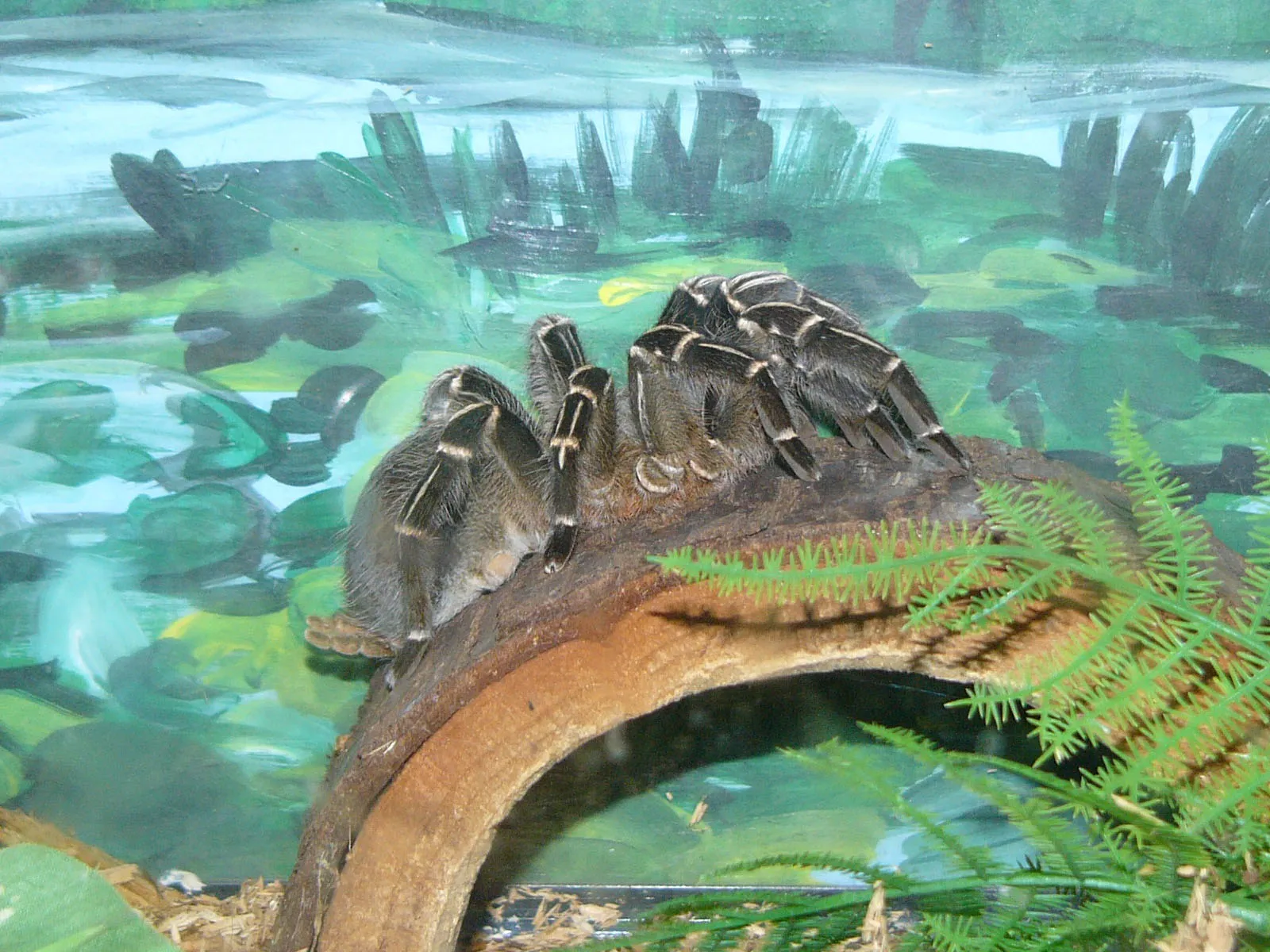
Temperature fluctuations can occur due to various factors, including changes in the ambient room temperature and seasonal variations. It is important to be prepared for these fluctuations and to take measures to mitigate them. Regularly monitoring the temperature and making necessary adjustments to the heating system will help maintain a consistent environment. Be mindful of changes in your home’s temperature, especially during the winter months. Maintaining stable temperatures is an important aspect of tarantula care. Taking care of temperature fluctuations will keep your tarantula happy and healthy.
Seasonal Adjustments
Seasonal changes can significantly affect the temperature in your tarantula’s enclosure. During the colder months, you may need to increase the heating to maintain the ideal temperature range. Conversely, during the warmer months, you may need to reduce the heating or move the enclosure to a cooler location. Observe your tarantula’s behavior and make adjustments accordingly. The best practice is to monitor the temperature carefully and adjust the heating as needed. This will ensure that your tarantula has the proper environment year-round. Always be prepared to adapt the temperature as the seasons change.
Emergency Measures
In case of a sudden drop or spike in temperature, it’s crucial to take immediate action. If the enclosure is too cold, increase the heating, using a heat mat or a ceramic heat emitter, and monitor the temperature closely. If the enclosure is too hot, move the enclosure to a cooler location or temporarily turn off the heating device. Ensure the safety of your tarantula by quickly addressing any extreme temperature situations. Having a plan of action ready will keep your tarantula safe. Being prepared for the extreme temperatures and having equipment ready will protect your tarantula.
Humidity and Temperature Relationship
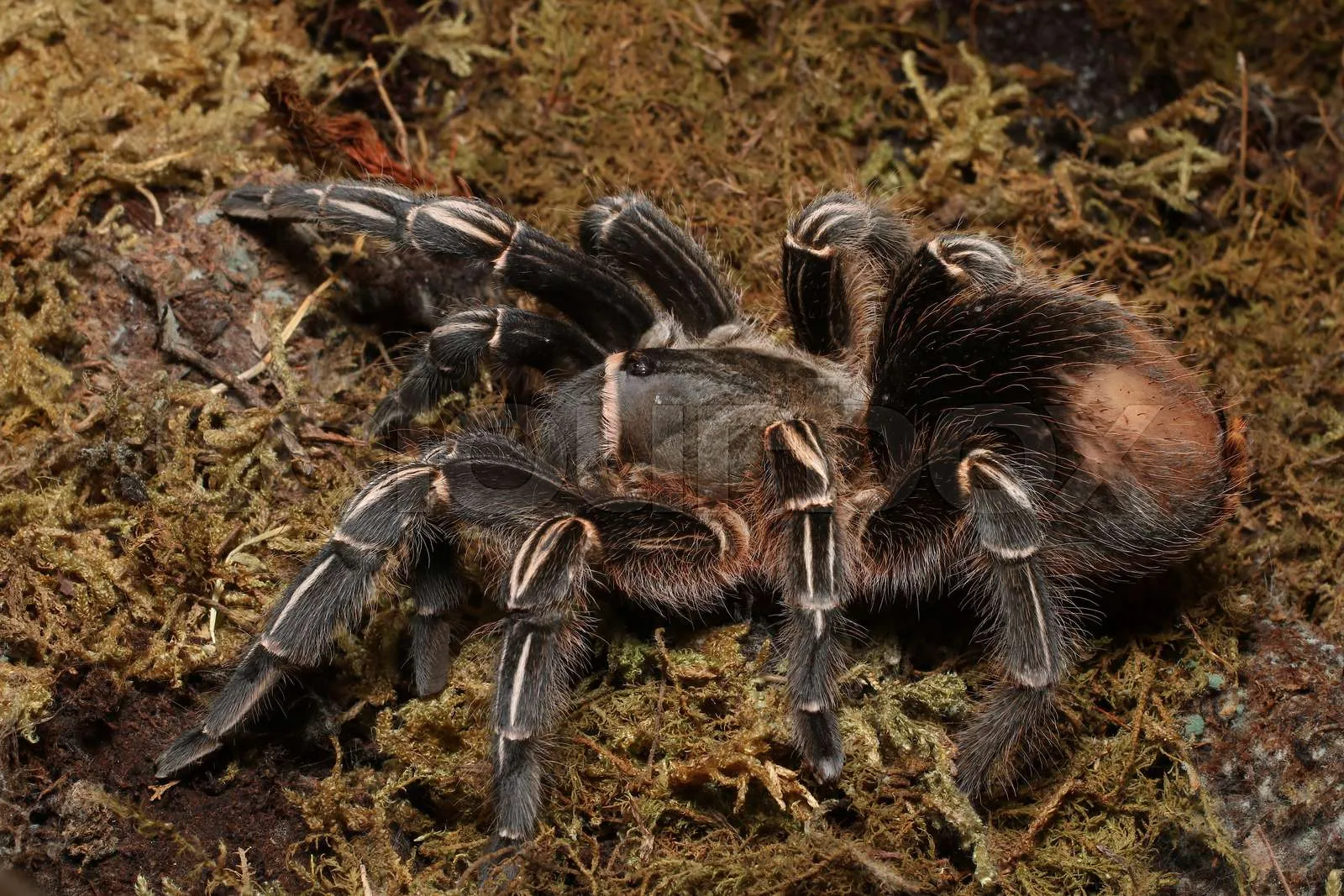
Humidity and temperature are closely related in a tarantula’s enclosure. Humidity levels can be affected by temperature, and both factors need to be carefully managed to create a healthy environment. Understanding the interplay between humidity and temperature is crucial for successful tarantula care. Humidity levels are affected by temperature, and both factors need to be controlled to ensure that your pet is comfortable and healthy. Managing both humidity and temperature will have a positive impact on your tarantula’s well-being.
The Role of Humidity
Humidity, the amount of moisture in the air, is important for tarantulas, as it helps them with hydration and molting. Costa Rican Zebra Tarantulas typically thrive in moderate humidity levels, which vary from about 60-70%. Low humidity can cause problems with molting, while excessive humidity can lead to fungal infections. The right level of humidity ensures that your tarantula is comfortable and healthy. The proper level of humidity is essential for your tarantula. Humidity plays an important role in the health and wellness of a tarantula.
Adjusting Humidity Levels
You can adjust the humidity levels by misting the enclosure with water, especially in a dry environment. Another way is by providing a water dish. Avoid excessive misting, which can lead to mold growth. The substrate type can also affect humidity. Use a substrate that retains moisture, such as coconut fiber. Monitor the humidity levels using a hygrometer to maintain the ideal range. Regularly monitor the humidity to make sure it is in the correct range. Adjust the humidity as necessary to keep your tarantula healthy.
Common Mistakes and Solutions
Several common mistakes can lead to temperature-related problems in tarantula enclosures. Knowing these mistakes and how to avoid them will help you provide the best possible care for your Costa Rican Zebra Tarantula. By being aware of these mistakes, you can maintain a thriving and healthy environment. Be aware of these common mistakes to avoid any issues. Understanding these mistakes will keep your tarantula healthy.
Overheating
Overheating is a serious risk. It can lead to stress, dehydration, and even death. This commonly happens when the heating device is too powerful, the thermostat is not working correctly, or the enclosure is placed in direct sunlight. To prevent overheating, always use a thermostat and carefully monitor the temperature. Make sure the heating device is not too close to the tarantula. If you observe signs of overheating, such as lethargy, the tarantula moving to a cooler part of the enclosure, or panting, immediately take action. The best way to avoid these problems is to ensure that your setup is correct. Prevent overheating by knowing the signs and addressing them quickly.
Underheating
Underheating can also be a problem, particularly in cooler climates. This can lead to a slower metabolism, reduced appetite, and a higher risk of illness. The tarantula may become lethargic, and its activity will be greatly reduced. To avoid underheating, ensure the ambient temperature is appropriate, and use a suitable heating device. Check your heating equipment to make sure it is operating correctly. Monitor the temperature regularly, and adjust your heating as needed. Maintaining the right temperature is key to avoiding any health problems for your tarantula. Make sure your tarantula is not getting too cold to keep it healthy.
Conclusion
Providing the right temperature for your Costa Rican Zebra Tarantula is not just a matter of convenience; it is essential for their health and well-being. By understanding their temperature needs, using appropriate heating methods, and regularly monitoring the environment, you can create a thriving habitat for your pet. This guide has provided you with the necessary information to ensure your tarantula’s enclosure is the right temperature. By paying close attention to these factors, you can create a healthy and comfortable environment where your tarantula can flourish for years to come. Proper temperature management is a core aspect of tarantula care and plays a significant role in ensuring the health and longevity of your fascinating pet.
